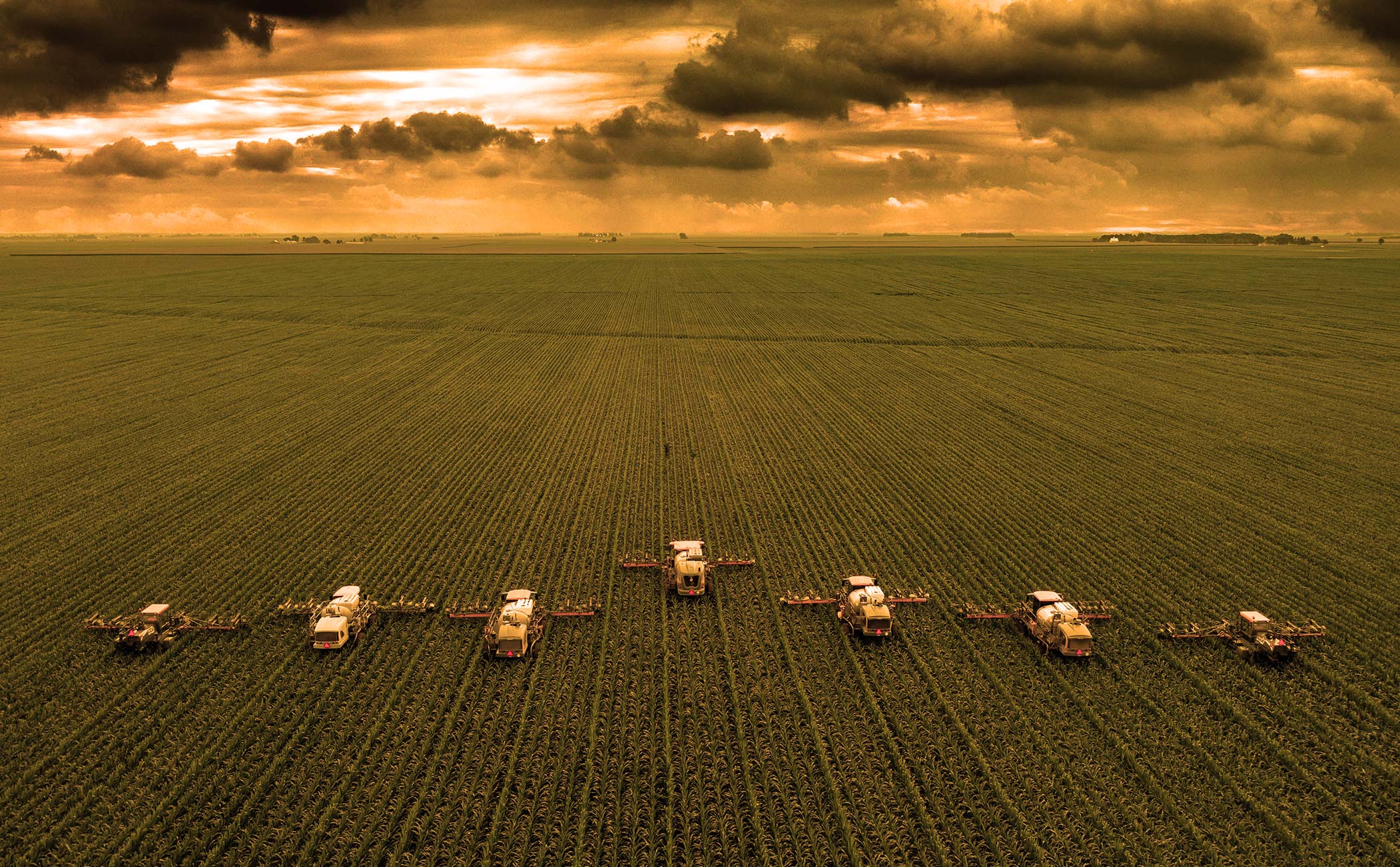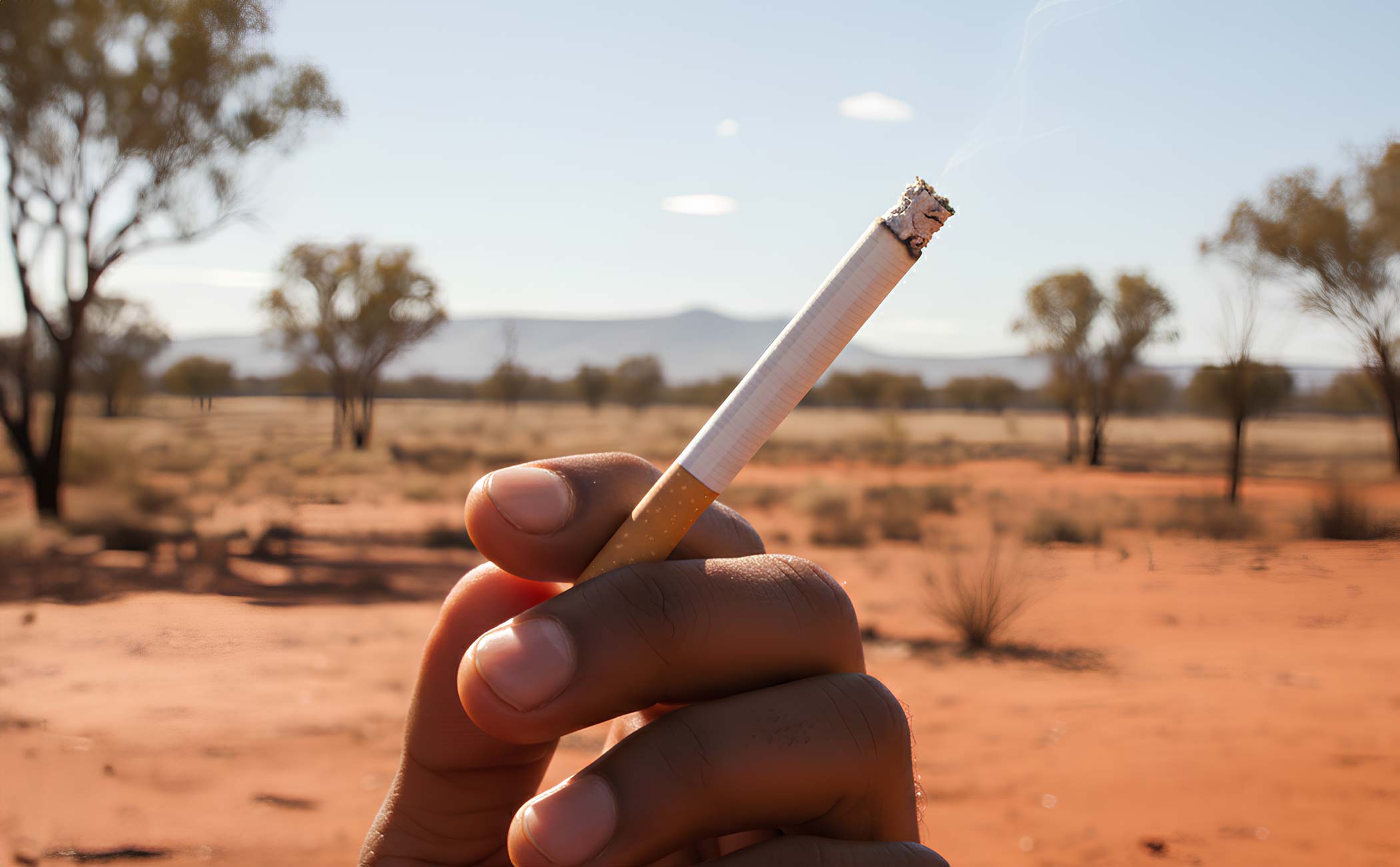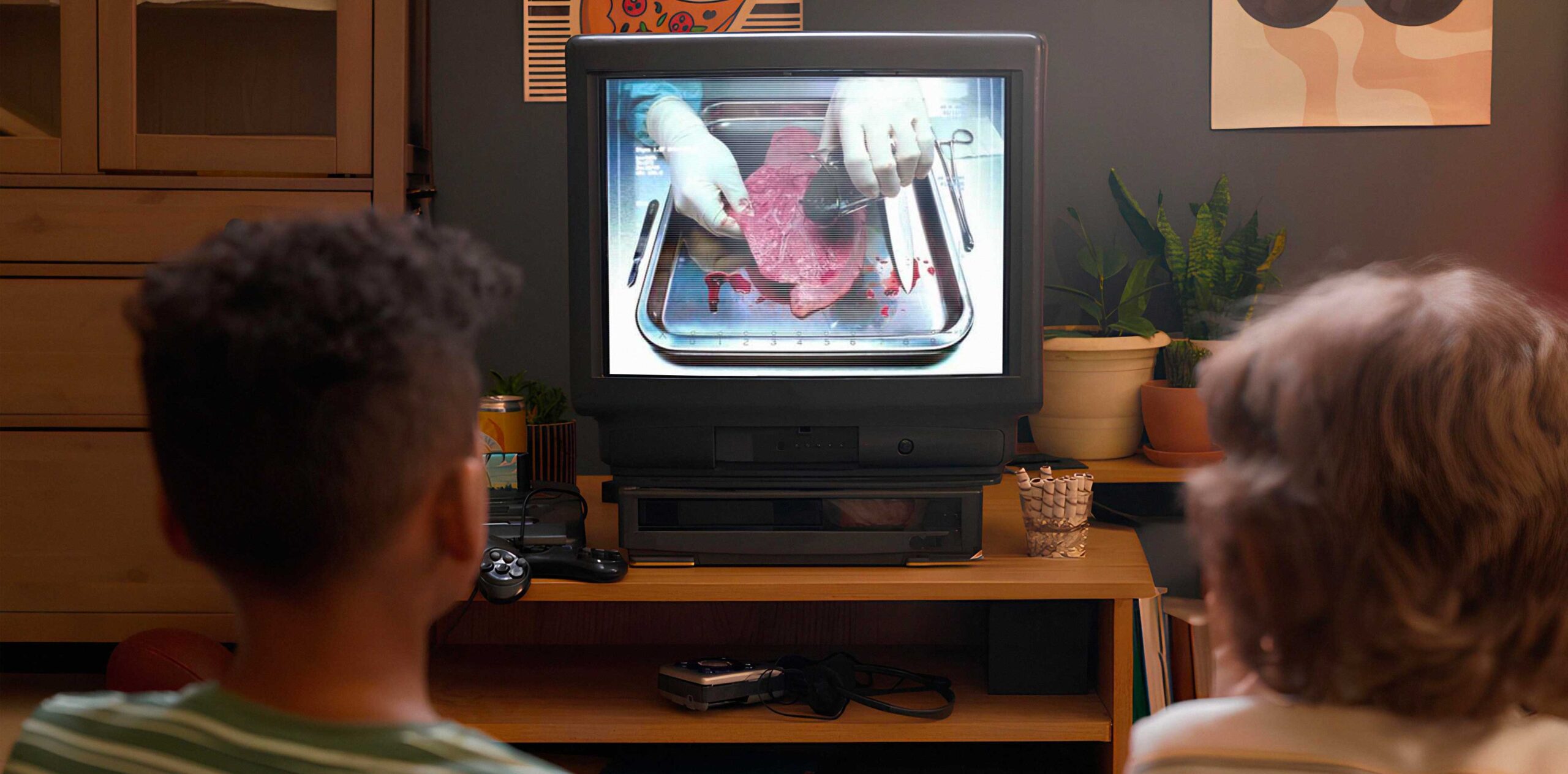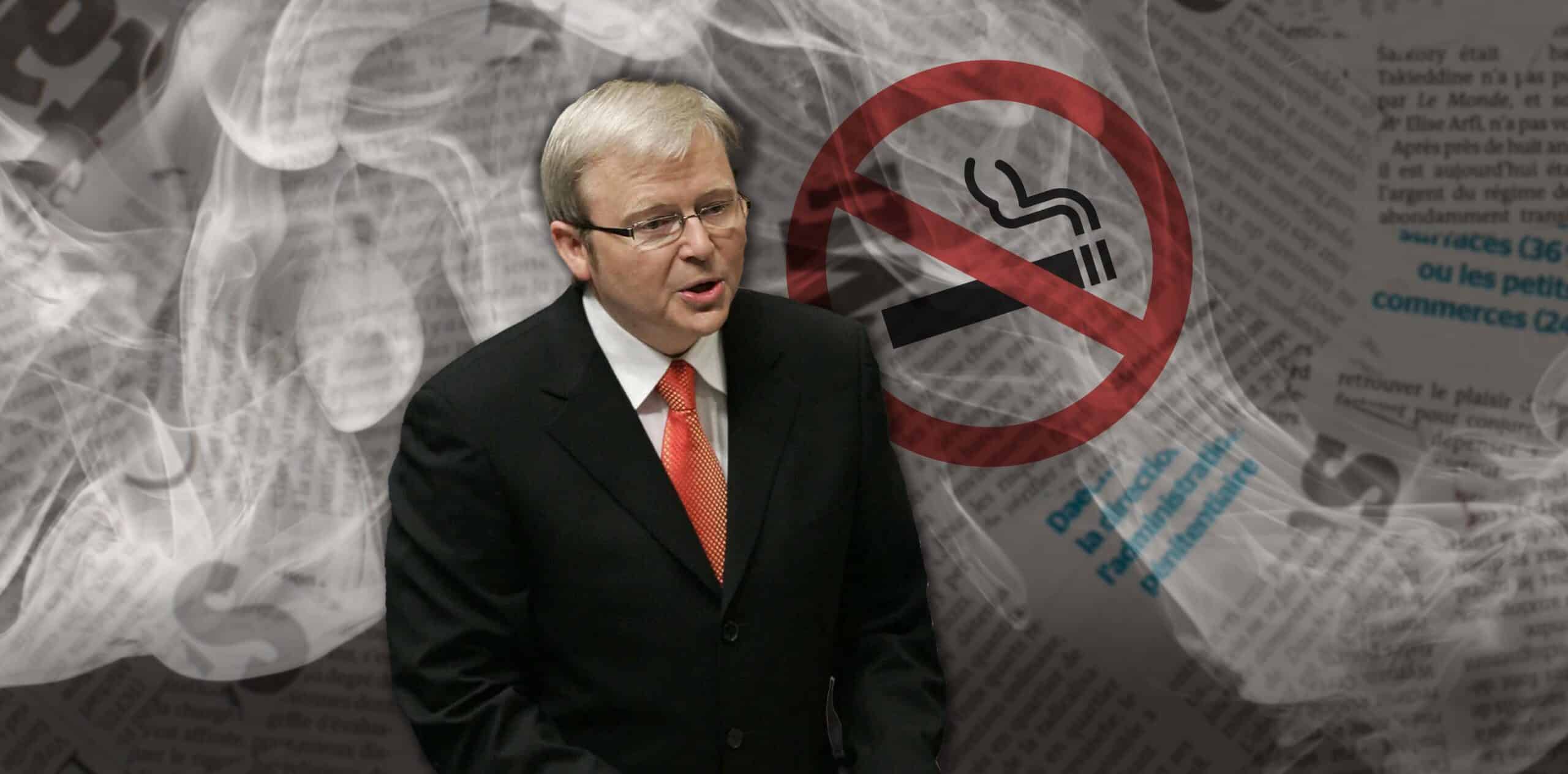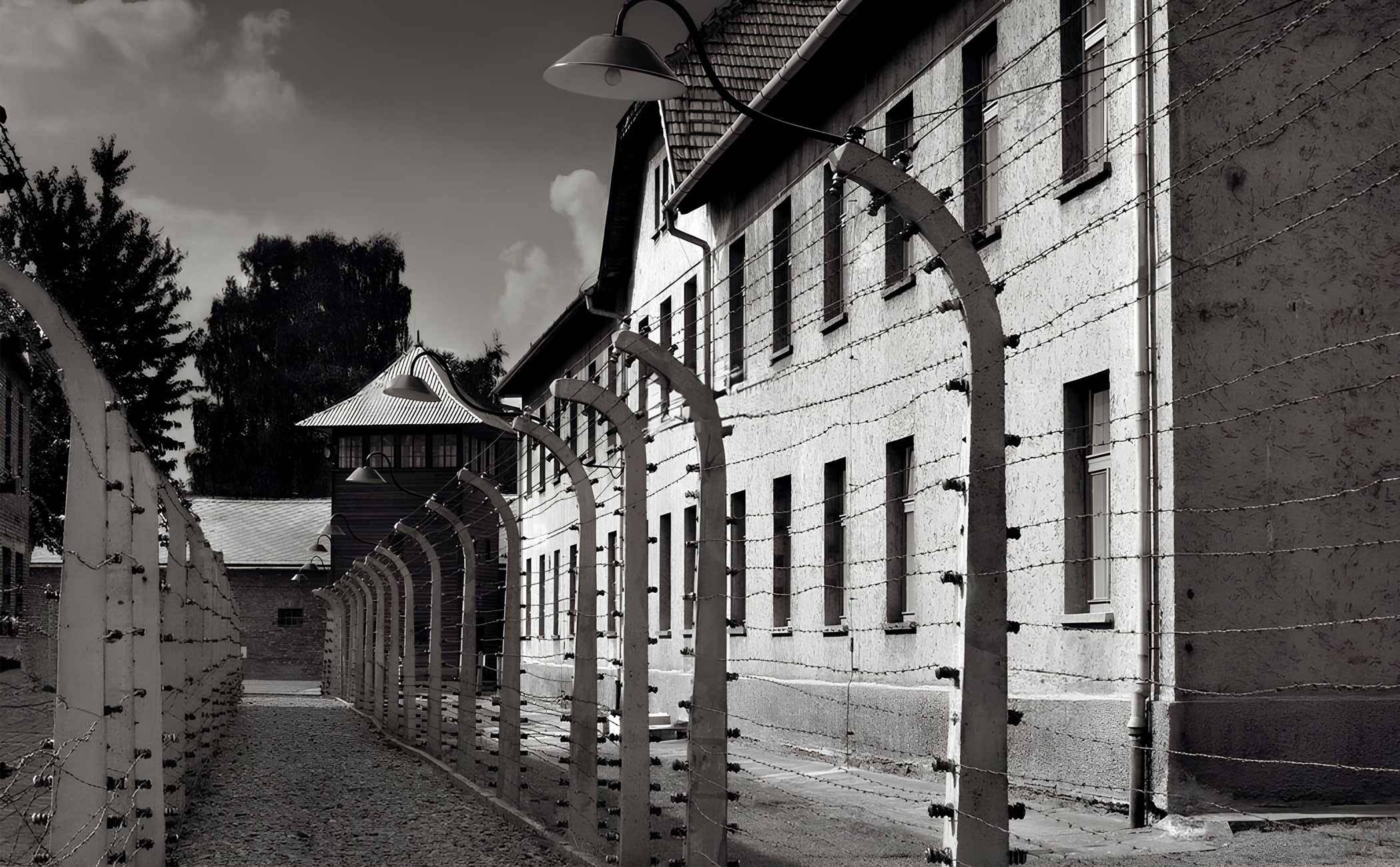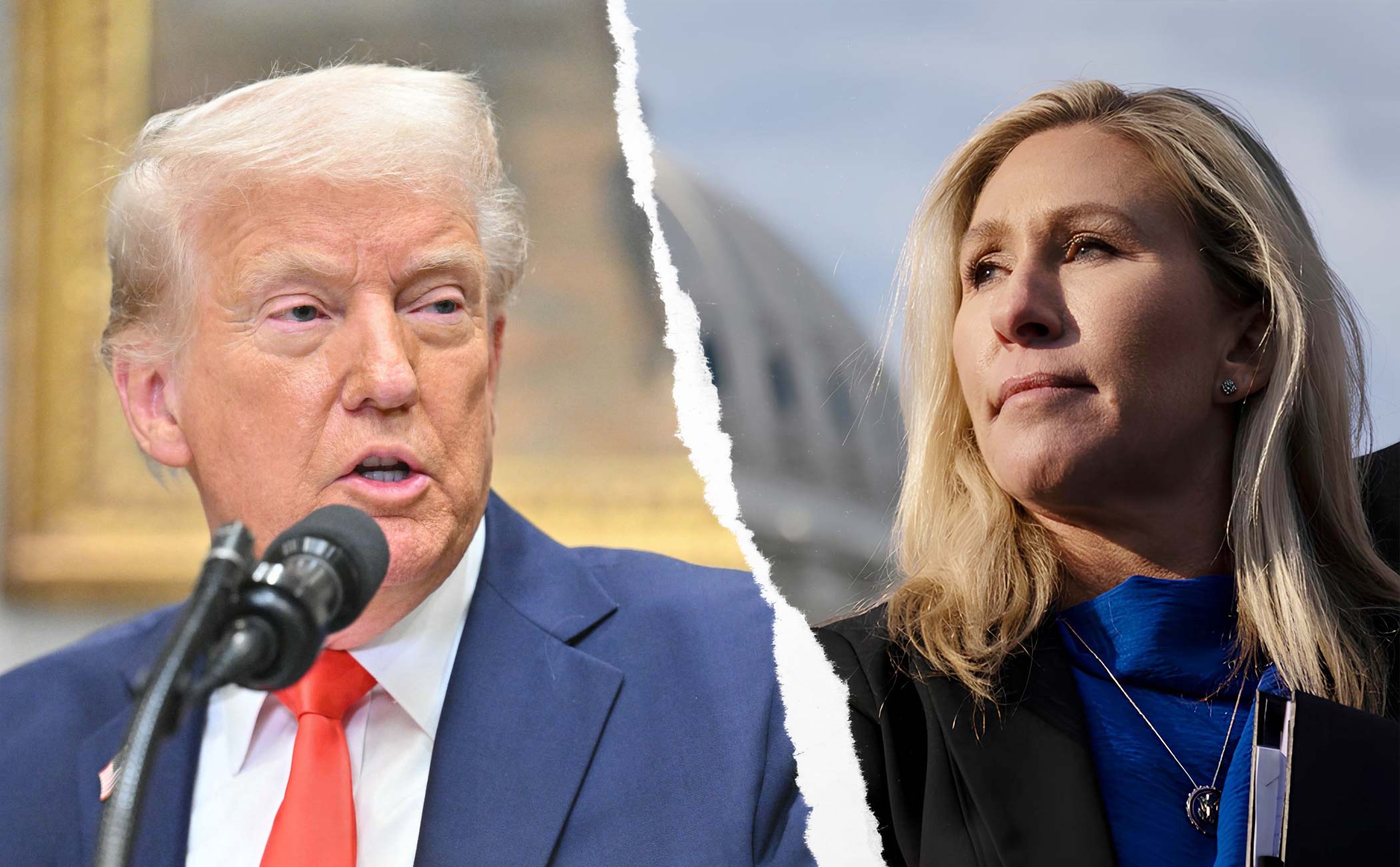Australia’s animation and children’s television industries have long been a source of pride, creativity, and cultural identity. From global sensations like Bluey to decades of beloved classics, Australian-made content has helped shape how kids learn, play, and connect with the world. But under recent Liberal governments, sweeping funding cuts to the arts, public broadcasting, and children’s content have sparked growing concern among industry professionals, educators, and families.
This article takes a deep dive into how these policies have impacted Australian animation, kids’ TV, and the broader arts sector, focusing on the removal of content quotas, severe cuts to the ABC, and the long-term cultural consequences.
Liberal Government Cuts to Children’s Content
One of the most consequential moves came in 2020 when the federal Liberal government removed mandatory quotas requiring commercial free-to-air networks to produce and broadcast Australian-made children’s programming. The result was immediate and dramatic:
By 2022, Australian kids’ content on commercial television had dropped by 84% compared to 2019.
The number of new children’s shows fell from fourteen to just seven within a single year, halving the output almost overnight, with only two animated titles entering production, both funded by the ABC.
Industry insiders warned of catastrophic effects on local studios and jobs. David Gurney of Blue Rocket Productions explained that “there is not a single broadcast or streaming service in Australia that has any requirement to commission Australian children’s programming”, leaving “30 companies on the ropes … and thousands of people out of work.”
Without quotas, networks shifted toward cheaper imports, flooding screens with foreign children’s content and reducing opportunities for Australian storytelling.
The Rise of Bluey Amid Industry Decline
Ironically, as the commercial sector scaled back investment, one show has managed to thrive despite the cuts. The ABC’s Bluey has become a global phenomenon:
By 2024, Bluey was the most streamed show in the United States, outpacing major adult dramas.
Produced by Ludo Studio with funding from the ABC and Screen Australia, Bluey demonstrates the power of publicly funded content to compete on a global scale.
While Bluey is rightly celebrated, critics argue it’s an exception made possible by ABC’s public funding rather than a sign of industry health. Without stronger support mechanisms, Australia risks losing future creative successes.
Funding Cuts to the ABC
The ABC has historically played a central role in developing Australian animation and kids’ programming, but its capacity has been severely undermined by repeated Liberal government cuts since 2013.
Analysis from the Australia Institute found that Coalition budget reductions have cost the ABC around $526 million, forcing the loss of 640 jobs.
A separate shortfall of $84 million in 2020 caused widespread program cancellations and staff layoffs, reducing the ABC’s ability to commission new content, including children’s shows.
By 2025, ABC Chair Kim Williams noted the broadcaster was operating on about $150 million less per year than in 2013, despite rising demands for local programming.
In 2018, the Liberal Party’s federal council even passed a symbolic motion to privatise parts of the ABC. While not adopted as government policy, it fuelled public concern about the broadcaster’s long-term independence and viability.
Liberal Cuts to Arts Funding
Beyond broadcasting, the Liberal government has been widely criticised for deprioritising the arts sector over the past decade.
In its 2025 election costings, the Coalition proposed cutting around $33.2 million from Creative Australia’s funding to redirect money to the Melbourne Jewish Arts Quarter and other targeted initiatives.
Since 2013, federal arts funding per capita has fallen by nearly 23%, reducing the sector’s capacity to support independent artists and community-based organisations.
Critics argue these decisions reflect a political preference for highly visible, one-off projects over sustained investment in Australia’s cultural infrastructure.
The Broader Cultural Impact
The combined effect of these policies has been far-reaching, impacting not just artists and studios but Australia’s cultural identity as a whole:
Loss of local stories: With fewer Australian kids’ shows in production, young audiences are increasingly exposed to imported narratives, weakening opportunities for cultural connection and representation.
Erosion of industry skills: Animation houses, writers, and production teams face reduced job security, putting the long-term sustainability of the sector at risk.
Threats to democratic media: Undermining the ABC diminishes one of Australia’s few truly independent broadcasters, limiting diverse voices and access to trustworthy reporting, particularly in regional communities.
Reduced global influence: Australia’s ability to compete internationally in animation and children’s content now depends heavily on taxpayer-funded exceptions like Bluey rather than a thriving commercial ecosystem.
Where Do We Go From Here?
While the Liberal government has justified its cuts in the name of budget repair and “efficiency,” critics argue these savings come at the expense of Australia’s creative identity and soft power. Public funding through institutions like the ABC, Screen Australia, and the Australian Children’s Television Foundation remains essential to producing world-class content for kids and preserving local stories.
If Australia wants to maintain a competitive edge globally and safeguard its cultural heritage, industry experts are calling for:
Reinstating children’s content quotas
Guaranteeing sustainable ABC funding
Boosting Creative Australia grants to support independent creators
Encouraging public-private partnerships to strengthen local production pipelines
Final Thoughts
Australian animation and kids’ television remain a creative powerhouse, but without consistent policy support, the industry risks losing its momentum. The Liberal government’s cuts have exposed how fragile the sector truly is, and while Bluey shows what’s possible, future success stories will require deliberate investment, not deregulation and austerity.

